How to winterize coneflowers in 5 simple steps – for decades of perennial beauty
Discover exactly how and when to prepare your blooms for the winter
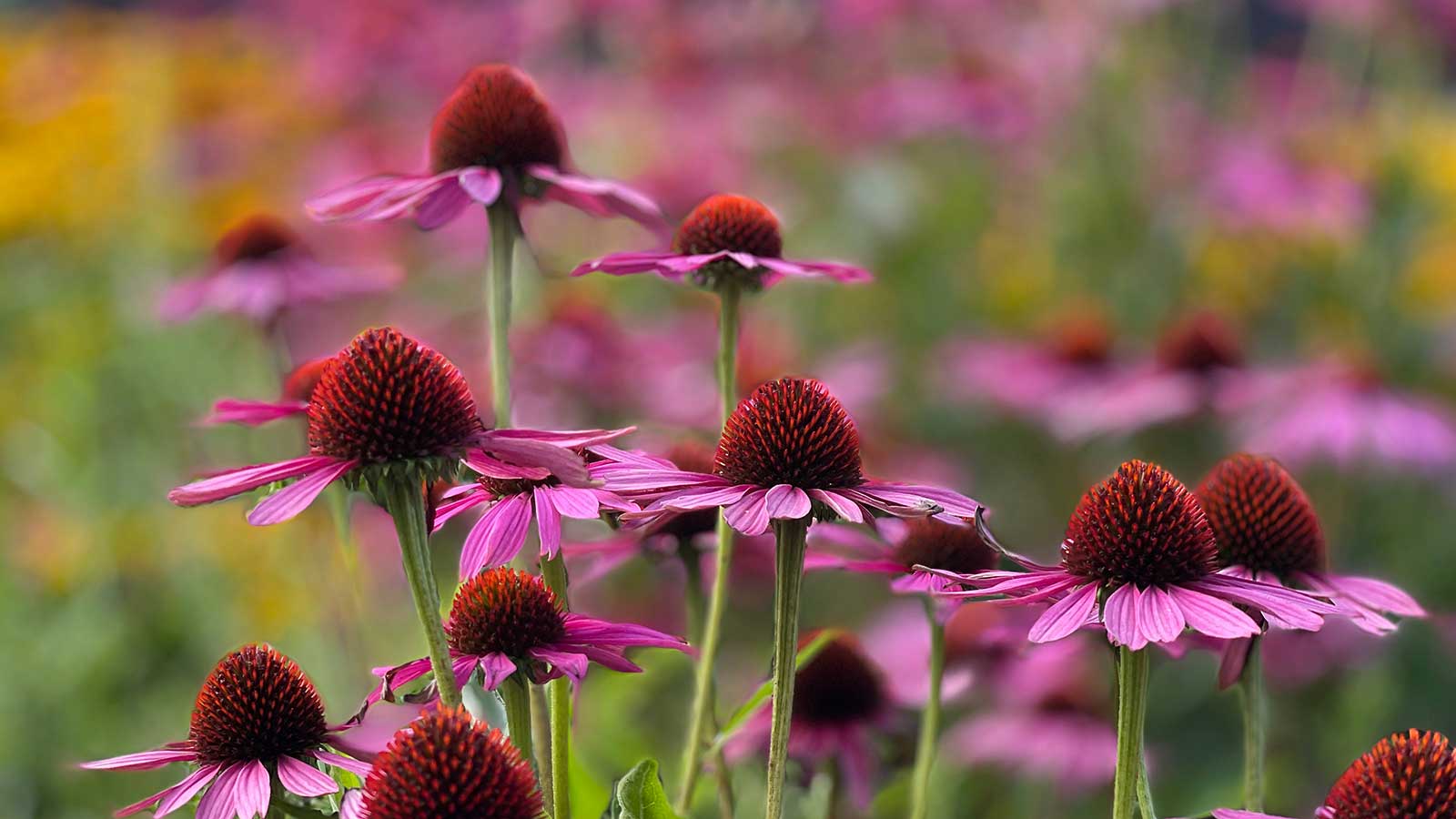

As the vibrant hues of summer fade and the chill of autumn air settles in, one perennial comes into its own for a vital, non-gardening reason: winter wellness. The beautiful daisy-like bloom, commonly known as coneflower (echinacea), is famous as a popular natural treatment for the common cold and flu season.
But its health benefits run much deeper. For hundreds of years in the US, this powerful plant has been used as a traditional herbal remedy for everything from toothache to snakebites. To harness its power, you can harvest the pretty pink flower heads to brew a soothing tea, or you can dig and dry its root to create a boiled decoction or soaking tincture.
If you’ve successfully nurtured your coneflowers through the growing season, you won't want their legacy, or your herbal supply, to end with the first hard frost. As you begin to overwinter your garden, it's crucial to know how to winterize coneflowers to ensure this stunning perennial survives the deep freeze and returns to grace your flower beds next summer.
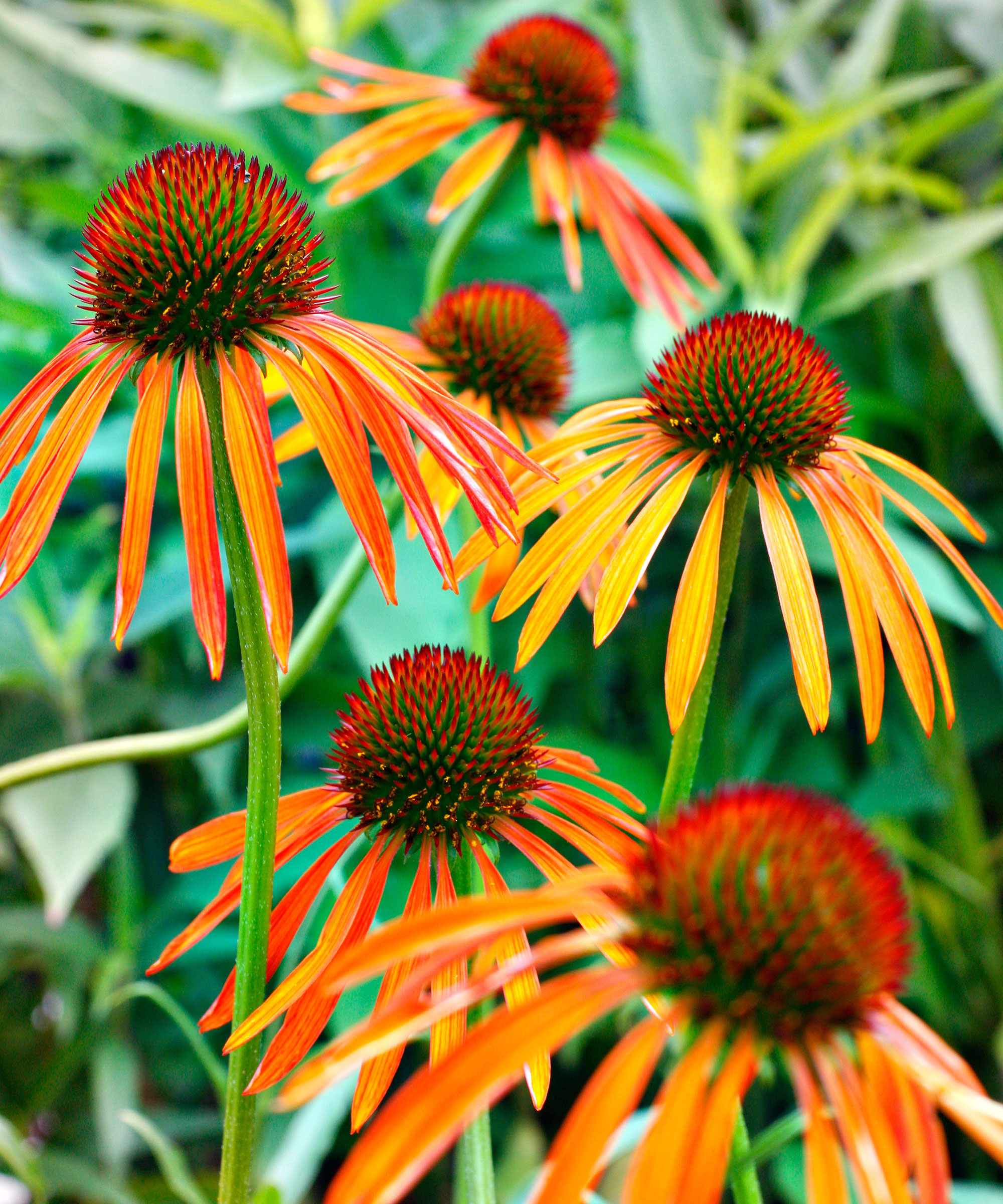
5 steps to winterizing coneflowers
This easy to grow perennial offers a beautiful display of pink color in yards, also growing in shades of red, orange and white. Its name alludes to the cone-shaped center, which is made up of many disc florets that are packed with pollen and nectar, surrounded by petals – a perfect plant for fall pollinators.
These sun-loving plants – part of the Asteraceae family – thrive in clusters and bloom from the summer into the fall. All coneflower varieties will self seed and spread if left alone. Knowing how to deadhead coneflowers will not only encourage more blooms, it will also help keep them contained if you do it after the final flowering before winter.
Here are five expert steps to follow for successful winterizing of your coneflower collection.
1. Cut back your coneflowers after the first frost
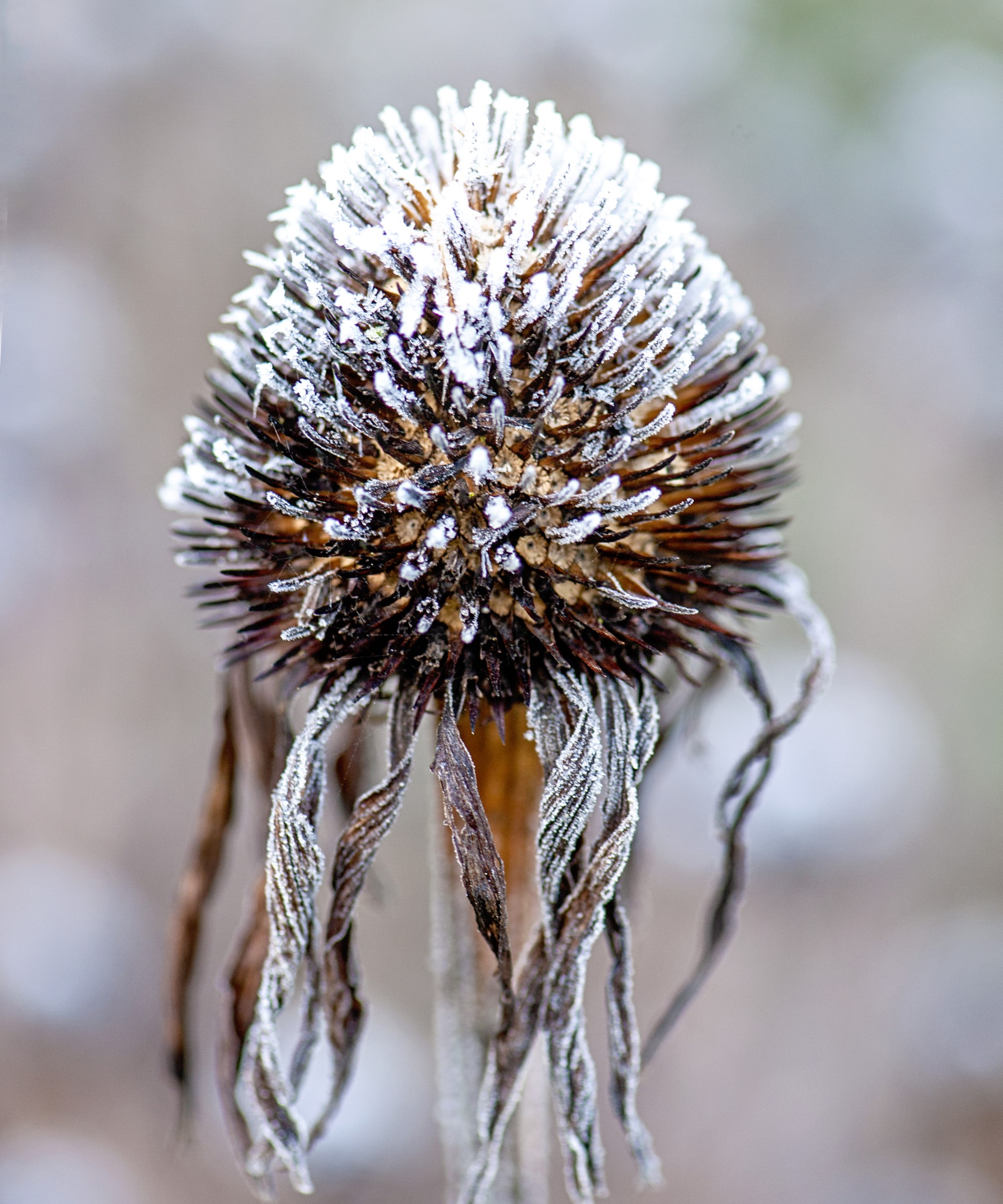
After the first hard frost, you have two choices for your coneflowers:
For a tidy bed: Cut the stems back to about four to six inches tall. This gives the bed a neat appearance as winter begins.
Design expertise in your inbox – from inspiring decorating ideas and beautiful celebrity homes to practical gardening advice and shopping round-ups.
For wildlife and interest: Leave the seed heads intact. This provides essential food for garden birds in winter and adds beautiful winter interest to your landscape. Plus, the remaining stalks help insulate the plant's crown, where new spring growth will emerge.
2. Protect your plants by adding mulch
Mulching is key to protecting most perennials over winter, and the coneflower is no exception.
Adding three inches of organic mulch, such as fallen leaves, straw, or bark, to the soil will insulate the roots from possible temperature fluctuations. This is mainly applicable to areas where ground freezing occurs.
You can make your own mulch for the purpose when tidying up your yard for winter, or buy organic mulch, such as this highly recommended pine bark mulch from Amazon.
3. Taylor winter protection according to your hardiness zones
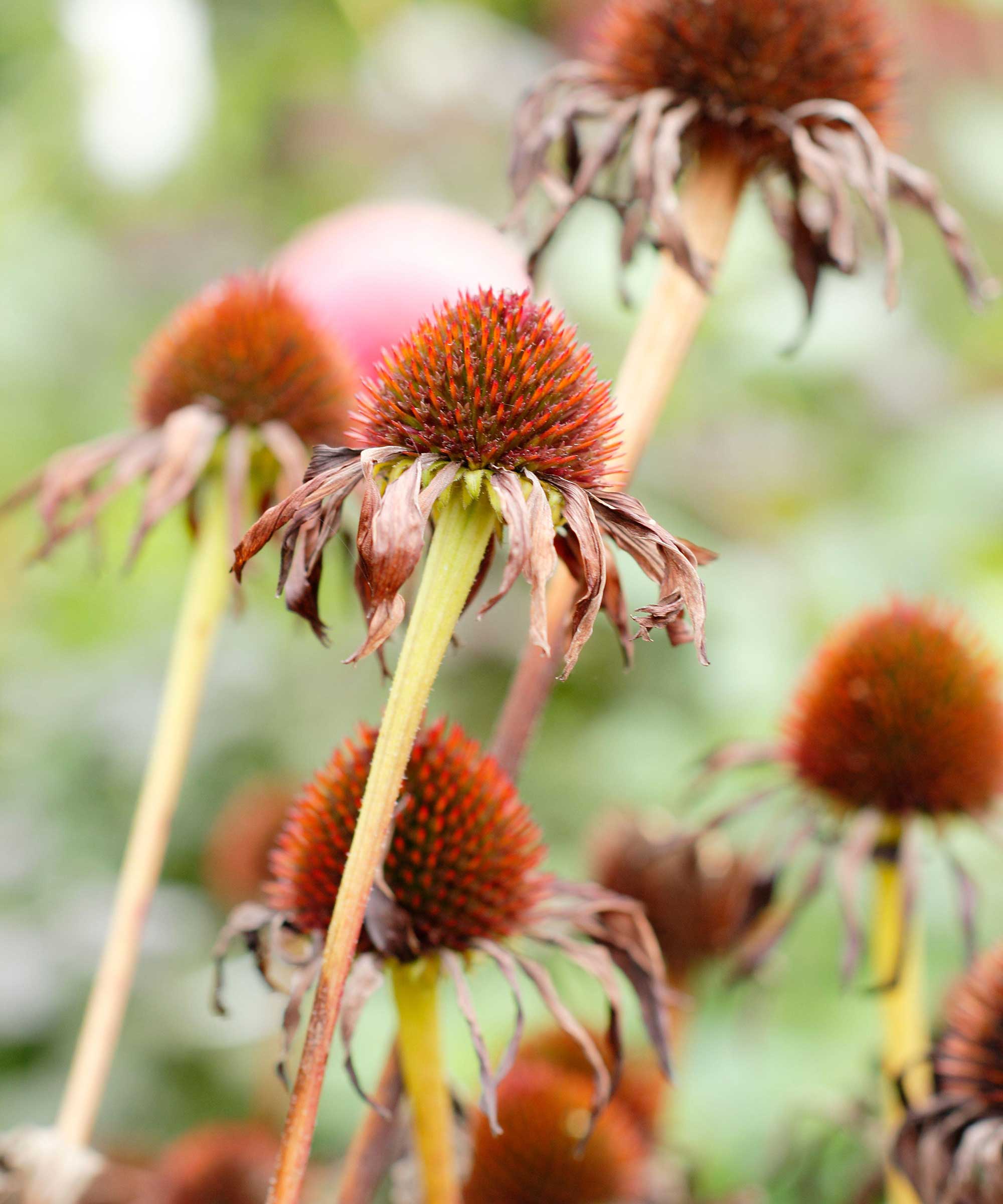
Protecting your coneflowers for the winter depends entirely on your USDA hardiness zone. Adjust your strategy to give your perennials the best chance of surviving the deepest chill:
For colder regions (Zones 3–5): Defense is crucial here. Apply a thick layer of mulch (up to four inches) to insulate the roots from extreme temperature swings. For first-year or more tender plants, consider using frost blankets or cloches during the worst of the cold snap. In these zones, cutting back the stems to just a few inches above the soil can prevent heavy snow and ice from compacting and damaging the crown.
For milder regions (Zones 6–8): Your approach can be less intensive. A thinner layer of mulch (around two inches) is usually plenty. You have the flexibility to either cut back the stalks for a tidy look or leave them intact for winter interest and bird food. Frost protection is typically only needed during an unexpected or severe cold snap that brings temperatures well below average.
These frost blankets from Amazon are reusable, lightweight fabrics, often made of polypropylene, that can be draped over plants to provide a few degrees of vital protection against bitter cold
4. Guard plants against root rot
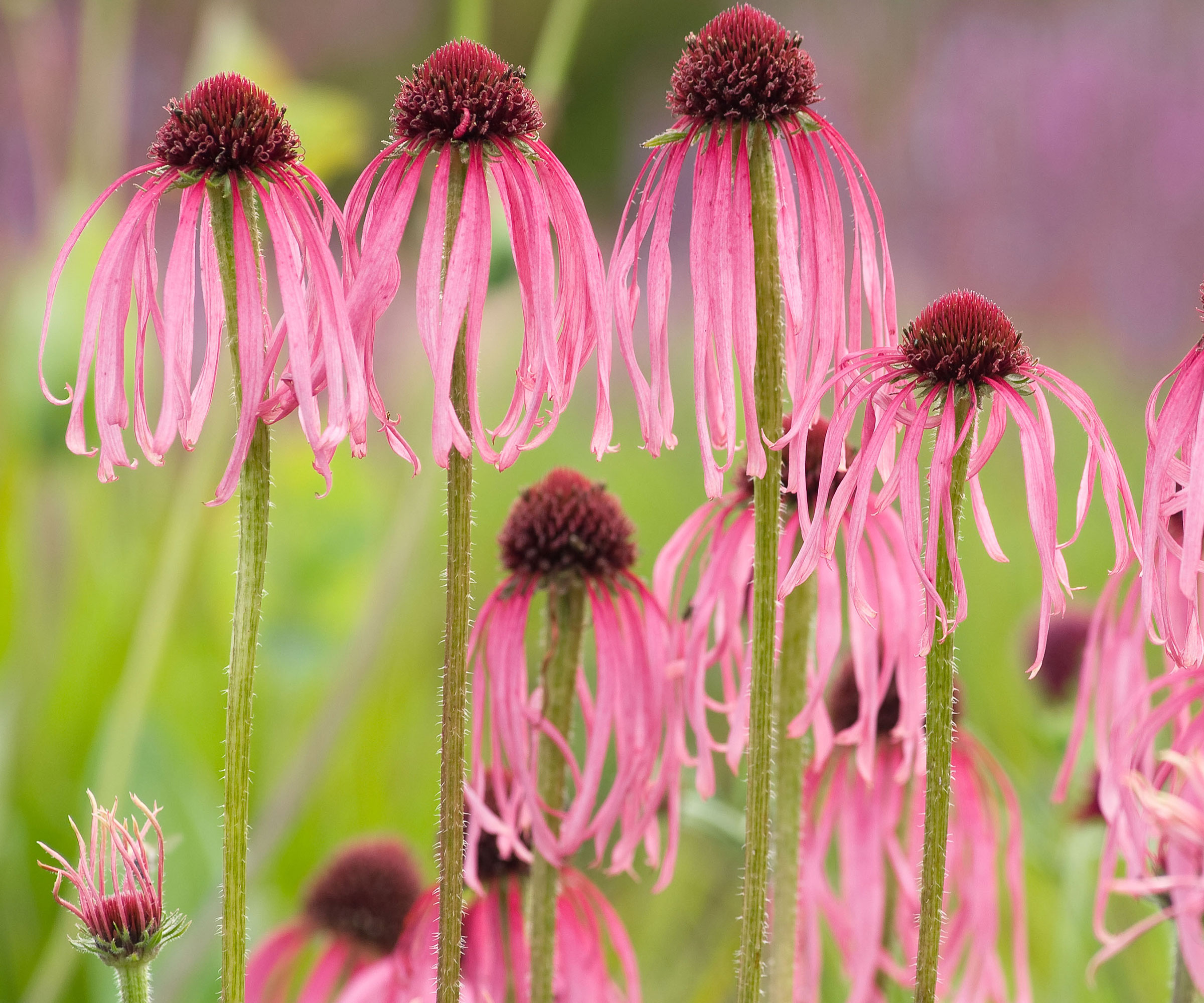
The threat to your coneflowers isn't just the freezing temperatures; an overly wet winter can be just as deadly. Poorly draining soil holds excess moisture, which can cause the roots to rot during the dormant season.
If waterlogging is a known issue in your garden, address the drainage before the winter rains begin.
Improve the soil: Work a generous amount of well-rotted compost or manure into the planting area. This organic matter will dramatically improve the soil's structure, allowing water to pass through more freely rather than pooling around the plant's crown.
Elevate the roots: For areas that remain stubbornly wet, create a physical barrier to the moisture. Build a raised bed with sides, or simply pile up the existing soil to create a mound that elevates the root system well above any chronically waterlogged patches of ground.
5. Encourage growth in spring with the correct fertilizer
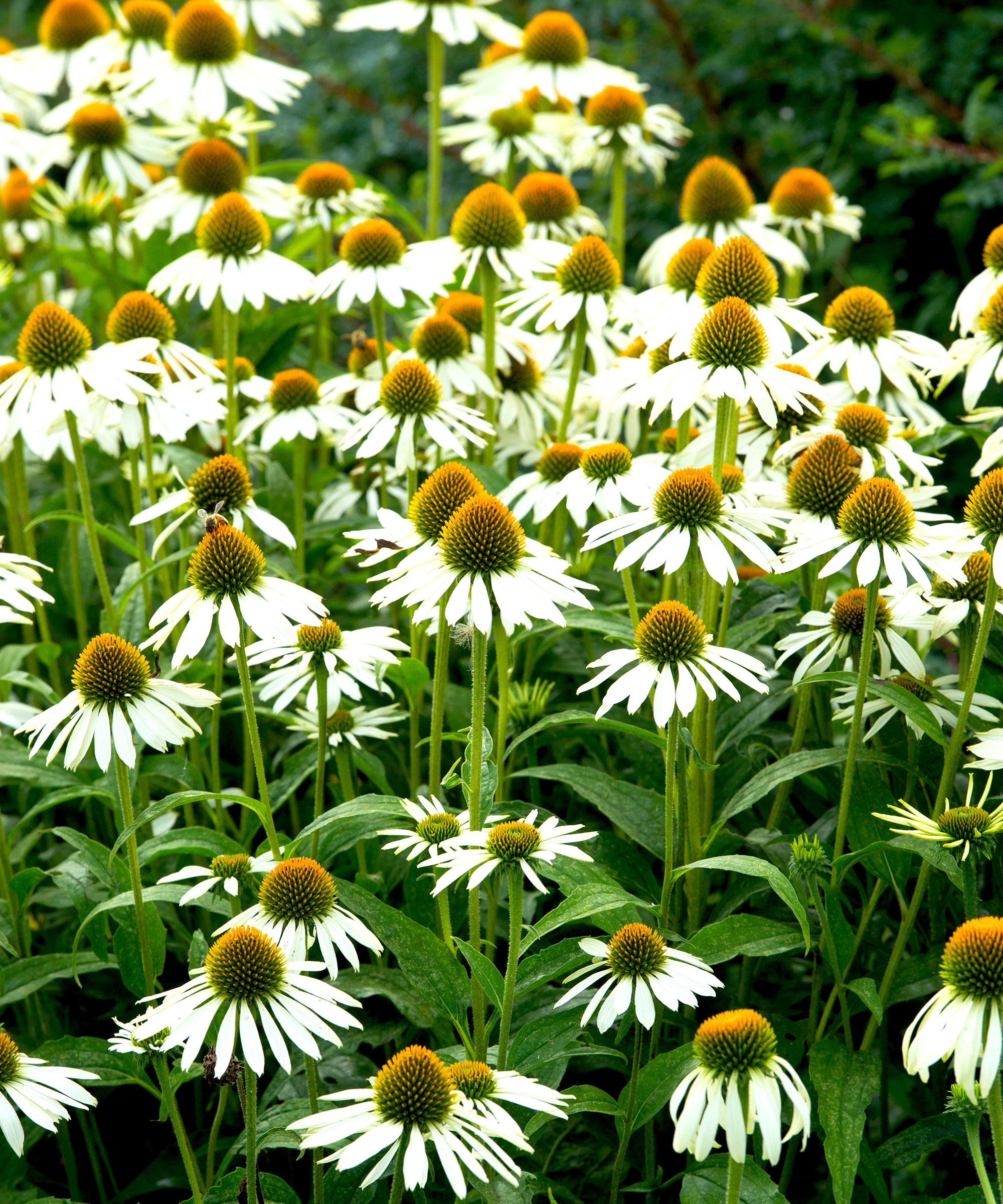
As the season changes and the threat of frost disappears, you can slowly start to remove the mulch, allowing the soil to slowly warm up as the young plants emerge.
‘I fertilize coneflowers as soon as new growth appears,’ says Josh Payne, an experienced landscaper. ‘A balanced fertilizer gives them nutrition to produce full blooms.'
Choose a fertilizer with an equal mix of nitrogen, phosphorus and potassium, like this all purpose liquid fertilizer from Amazon, for healthy plant growth.
A hands-off approach to pruning will help those young flowers, says Josh. ‘The old stems act as a framework for new stems to climb. Coneflowers can handle a lot if given proper care. They are low-maintenance when planted in the right place, so choose a spot wisely.’

Josh has 25 years of experience in the landscape and garden industry. His company, Classic, provides personalized and high-quality solutions for all outdoor needs in Alberta.
For a sustainable approach to gardening, you can collect seeds from your plants to sow next season. Your yard will be filled with color and scent from your hand-reared favorites, and it won't have cost you a dime.

Alison is a contributing gardens writer for Homes & Gardens, writing on a range of topics from plant care to garden design. She has recently landscaped the outside space of her Victorian home, replacing crazy paving and cracked slabs with new lawn, and is currently cultivating a fruit bed.
You must confirm your public display name before commenting
Please logout and then login again, you will then be prompted to enter your display name.
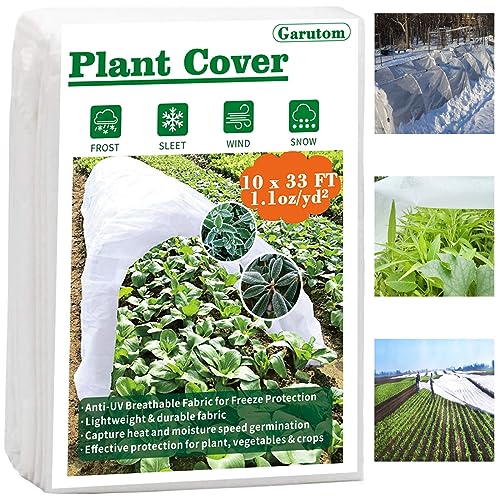
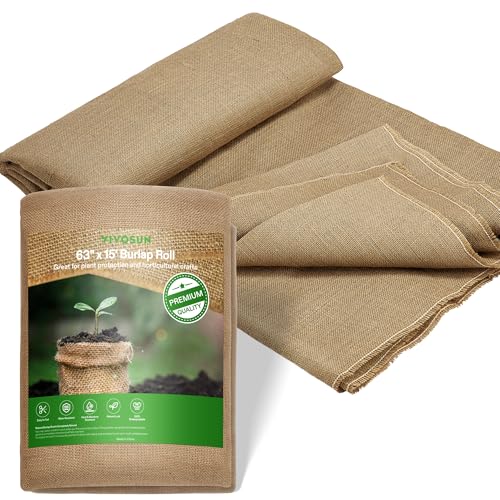
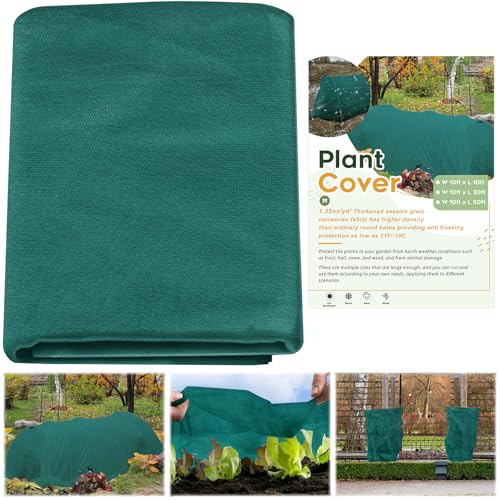
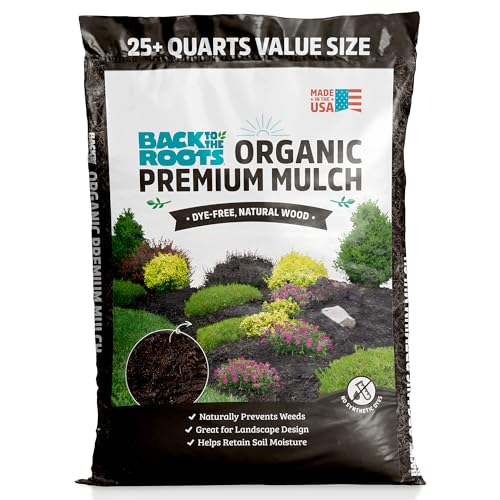
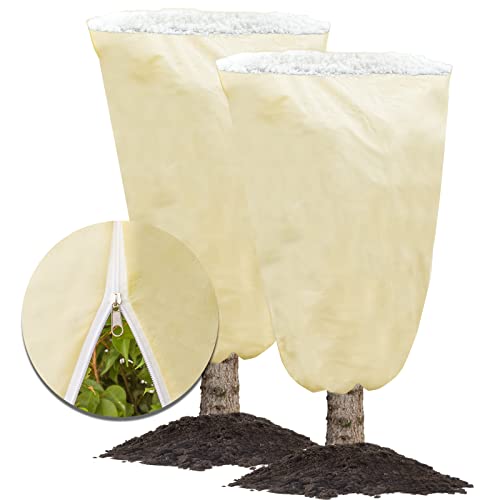
![𝐁𝐄𝐒𝐓𝐒𝐄𝐋𝐋𝐄𝐑 10-10-10 Plant Fertilizer Slow Release | 10 10 10 All Purpose Fertilizer for Fruit Trees, Evergreens, Vegetables, Arborvitae, Fig Trees, Shrubs, Pines, Oaks, Flowers [1 Quart]](https://cdn.mos.cms.futurecdn.net/v2/t:91,l:0,cw:386,ch:386,q:80/EiWrZJBM6dAShPNYYBFAuL.jpg)